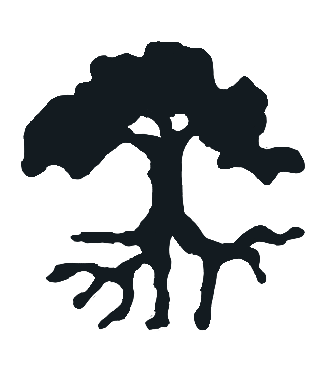Pruning Fruit Trees
Pruning Guide
The art and science of pruning fruit trees has evolved over the last century and many practices that were considered 'proper' even a decade ago are now being called into question. The following guide is based on the newest research. The essence of the technique is to prune only what is required to create a balanced framework. Particularly with dwarf trees, the leader of the tree is not cut, with the possible exception of pruning back one year whips to encourage initial branching.
Dwarf trees begin bearing early and growers have found it is better to leave the leader and let the tree 'fruit itself out', meaning that once it begins fruiting, a tree's energy is concentrated into seed production and production of new growth slows, keeping the size of the tree in control. Hard pruning a young tree will tend to delay fruiting.
First Year
You can purchase either 1 year or 2 year trees. If you purchase a 1 year tree it is generally a single 'whip' with no branches, or possibly 1 or 2 small side branches. Most growers cut back a whip to approximately 125 cm (4ft) to encourage side branching to develop. Cutting to a west facing bud is generally a good idea, as the prevailing winds will encourage it to grow straighter.
If there are low branches remove them, as snow load will often strip them from the main stem. If you have purchased a 2yr branched tree, and the branches are closer than 20cm (8in) apart, you may want to reduce the branches so that there is more space between them, because branches do not move upward but only grow larger. Spacing the branches will prevent crowding later in the tree's life.
Second Year
Remove only branches that cross other branches and remove main lateral branches that are too crowded. Some growers do head back (cut the tips) of side branches to encourage more side branching where fruit spurs will eventually form.
Sucessive Years
The purpose of pruning is to give each branch an equal amount of sunlight. Prune the tree enough to open it up to sun without creating large amounts of empty and unproductive space. Each tree is unique and where and how much you prune should be guided by the general principle stated above.
By keeping the terminal intact, you will create a balanced tree that will stand up to wind, snow and fruiting loads. As the trees age, and if they get too large for the space, the terminal can be cut to a weaker side branch. Doing this annually will keep the size of the tree down, however this should not be done till after fruiting has begun.
Thinning Fruit
Removing a portion of the developing young fruit when they first begin to swell will decrease the weight on each branch and will usually increase the size of remaining fruit. It can also help to balance the yearly yield so that the next year's crop will not be too small. A heavy crop in one year often results in a light crop the following year.

